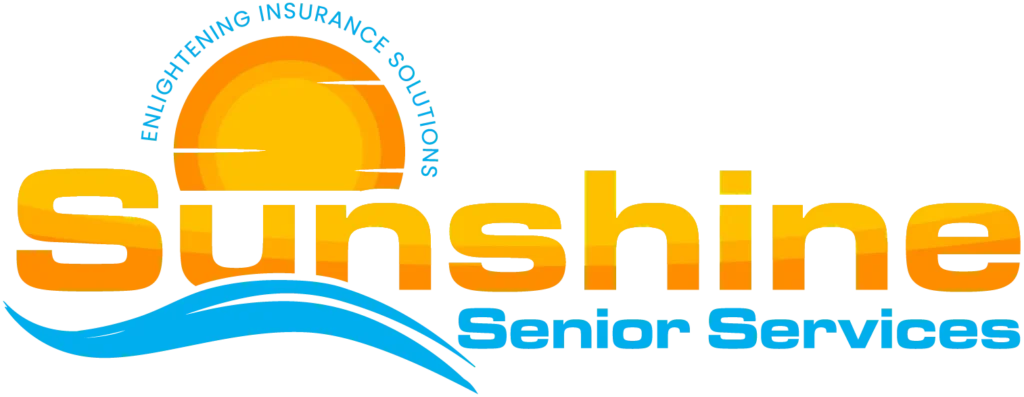Medicare Part D
Medicare Part D encompasses several prescription drug coverage plans offered by private insurance companies that reduce the cost of medications for beneficiaries who would otherwise have to pay the full price. Members of Part D will be required to pay a copay, and there are some distinctive aspects of the program that beneficiaries should be aware of.
Coverage Phases
The initial coverage stage of Part D plans is the deductible stage, and the specific plan determines the amount that individuals are responsible for.
Typically, tier one drugs (generic drugs) are exempt from the deductible, but if there is one, individuals must meet it before receiving coverage for prescription drugs. The current maximum deductible limit is $445, and no plan can exceed it.
The second phase of Part D plans is called the Initial coverage phase, where the plan begins covering prescription drug expenses after the deductible has been met.
During this phase, individuals pay discounted copays or coinsurance amounts. The duration of this phase varies depending on the cost of the individual’s medications, and it ends when the total cost of the medications reaches $4,130.
The coverage gap, also known as the donut hole, is reached when the total drug cost hits $4130 in Part D plans.
During this phase, beneficiaries will pay more for their medications, with name-brand medications costing 25% of their price and generics costing around 37%.
The coverage gap lasts until the individual’s out-of-pocket costs reach $6550.
The catastrophic coverage phase begins once the individual’s out-of-pocket expenses reach $6550.
During this phase, the cost of medications is significantly lower. Members will pay either $3.60 or 5% of the cost for generic drugs and either $8.95 or 5% of the cost for name-brand drugs, whichever is higher.
Plan premiums, non-covered medications, and expenses from out-of-network pharmacies are excluded from the out-of-pocket costs.
Tracking TrOOP
TrOOP is an acronym for True Out-of-Pocket costs, which denotes the maximum out-of-pocket expenditure for Medicare Part D plans. In 2023, the TrOOP limit is set at $7400, following which catastrophic coverage begins. This coverage substantially decreases the member’s prescription drug expenses for the remainder of the year, as we mentioned earlier.
Furthermore, if you change plans during the year, the amount you paid towards your previous plan counts towards the new plan’s deductible, coverage gap, and overall TrOOP amount. Members receive an Explanation of Benefits (EOB) each time they fill a prescription, and the year-to-date TrOOP amount is typically stated on the EOB.
Part D Annual Premiums
The cost of Part D plans premiums differs depending on the insurance provider. The average monthly premium for Medicare beneficiaries is $31.50.
Individuals with a higher income may have to pay a higher premium due to an additional charge called the income-related monthly adjustment amount. Moreover, if an individual has incurred a late enrollment penalty, that amount would also be added to the monthly premium.
For individuals with low incomes, there are financial aid programs available. To qualify for such assistance, individuals must satisfy specific eligibility requirements.
Is Medicare Part D Mandatory?
Enrolling in a Part D plan is not mandatory for individuals. However, if they postpone enrollment without any other credible coverage, they will be subject to late enrollment penalties, which cannot be revoked once applied.
It is advisable to enroll in a Part D plan as soon as one becomes eligible, even if the individual is not currently taking any medications. There are affordable plans accessible for individuals who do not require any medications.
Preferred Pharmacy Networks
Each Part D plan specifies its own regulations concerning the pharmacies that its members can use. Certain plans may not provide coverage for particular pharmacies, while others may classify some pharmacies as “preferred” and others as “standard.”
Opting for a preferred pharmacy can help to minimize the out-of-pocket expenses for medications.
Medicare Part D Deductible
For each Part D plan, insurance companies establish their own deductibles. Frequently, the deductible pertains only to drugs in tier two and above. Common, generic drugs are usually categorized in tier one, where the deductible does not generally apply. Nonetheless, this can vary by plan, and individuals should verify which of their medications are subject to the deductible.
Medicare Part D Enrollment
When selecting a Part D plan, there are numerous factors to consider, and there is a vast selection of plans to choose from, which can be overwhelming. However, you do not have to navigate this alone! Our agents can compare plans across various carriers to identify the ideal plan for you. The best part? Our services are entirely free.
Enrolling in a plan is a simple process once you have made your selection. We will take care of the necessary paperwork, you can choose your preferred payment method for the premium, and then we will submit the application on your behalf.
Our services do not terminate there. We are always available to respond to your queries and can assist you with any subsequent changes.
Part D Drug Formularies & Specialty Tiers
Each Part D plan, including those in Medicare Advantage plans, features a drug formulary. The formulary is the list of covered medications in the plan, which is categorized into tiers. Common, generic medications are usually placed on lower tiers, while specialized, name-brand medications are placed in higher tiers. The higher the tier, the greater the amount the individual will need to pay.
However, there may be exceptions. If a healthcare provider notifies the drug company that there is no substitute for the specialized drug, a discount may be given for medications in a higher tier. While these exceptions are not common, they may assist beneficiaries in saving money when applied.
Additionally, specialty drugs may require the provider to obtain approval from the insurance company prior to administering the medication. The insurance company may also demand that the member try a less expensive medication before approving coverage for more costly options.
The Part D Annual Notice of Change
Every year at the end of September, all Part D members receive the Annual Notice of Change (ANOC), which informs them of any upcoming changes to their plan. The ANOC may include modifications to the premium, deductible, and overall coverage. These changes will take effect on January 1 of the following year. If a member is dissatisfied with the changes, they can switch to a different plan during the Annual Enrollment Period (AEP), which takes place from October 15 through December 7. AEP allows individuals to change plans, with the new coverage starting on January 1.





































